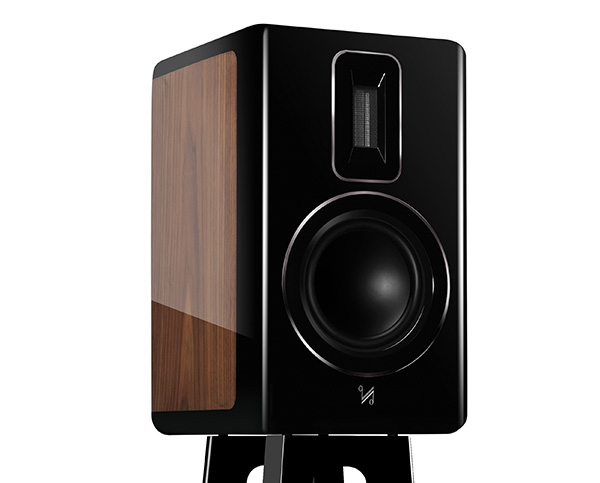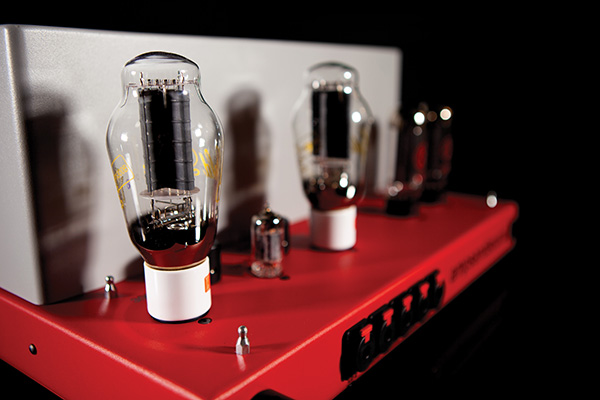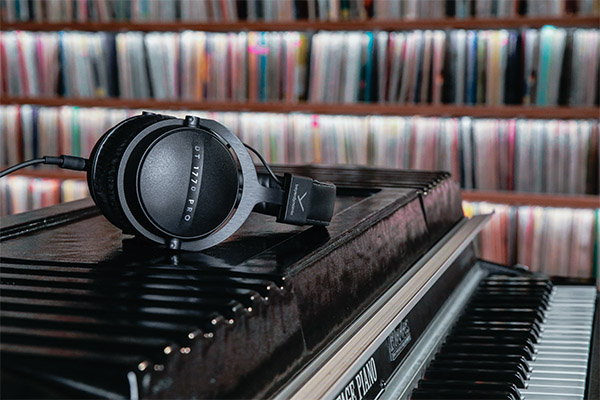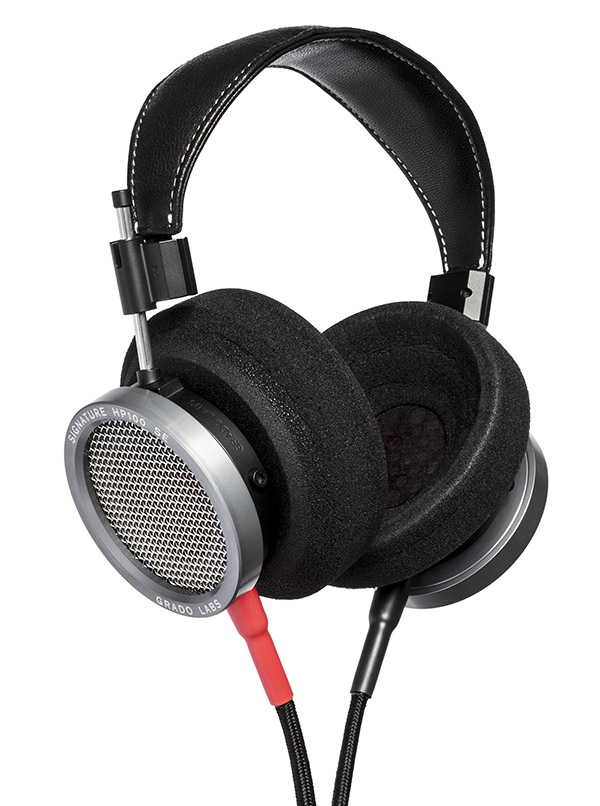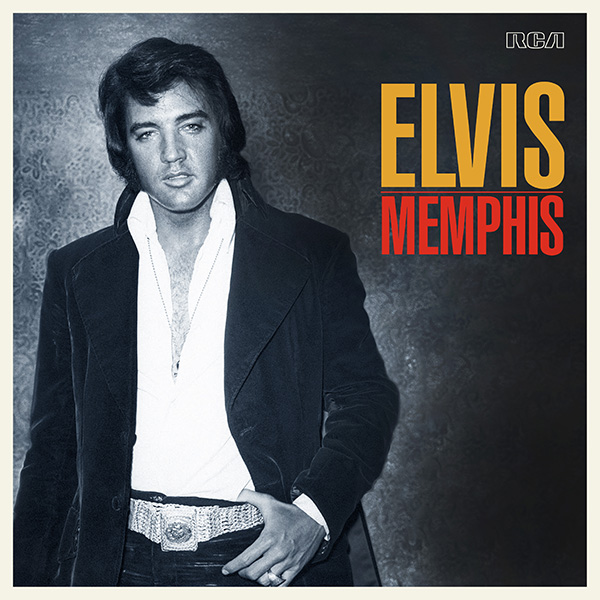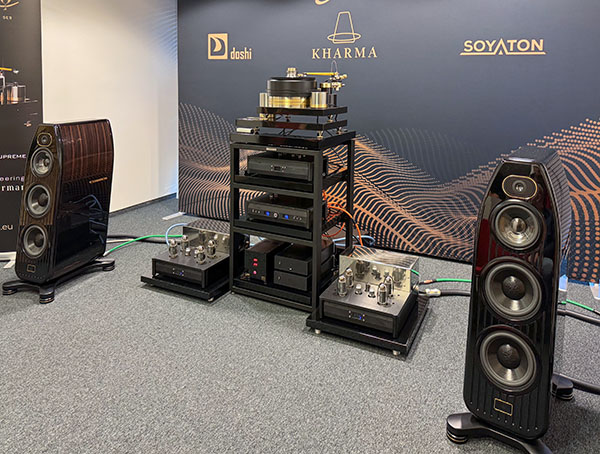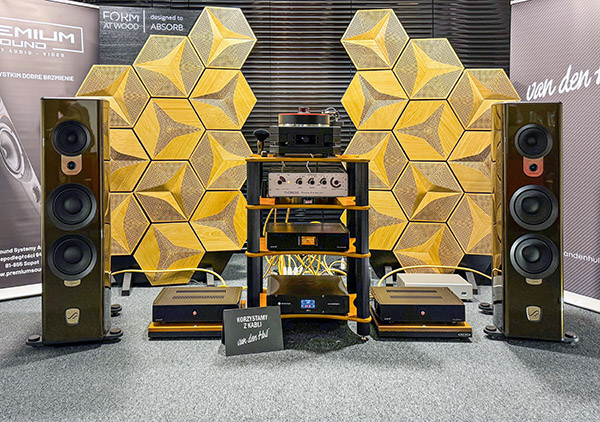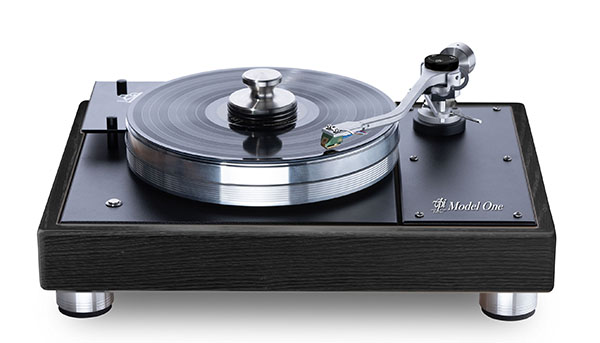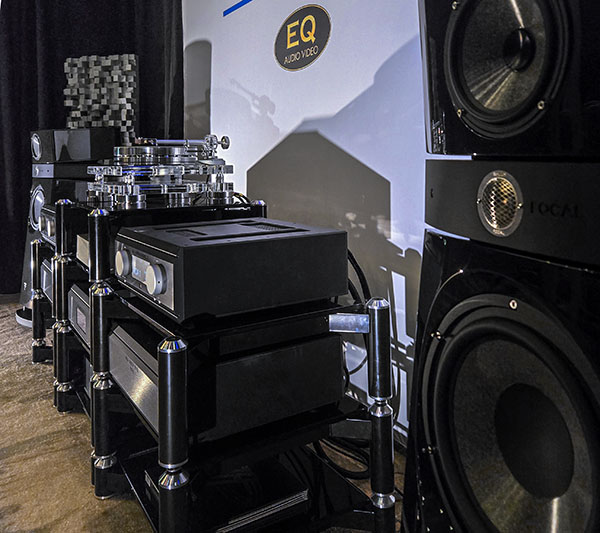Quad Revela 1 loudspeaker
Hi-fi's vintage-tech revival feels like a Don Draper fever dream. You know Draper, right? The smooth-talking ad man from Mad Men? In one episode, he pitches a new Kodak slide projector, but instead of focusing on the science and the specs, he calls it a "carousel"think bouncing painted horsesand says it will take people back to a simpler time.
Continue Reading »
For its early-'60s moment, that slide projector is high-techand "technology is a glittering lure," Draper tells the assembled group of cigarette-smoking suits around a conference room table. Draper mentions Teddy, a Greek former colleague Draper says taught him the ropes years ago. Teddy says that "new" is the most important idea in advertising, but he also talks about a deeper bond that can sometimes be established with a product. "Nostalgia. It's delicate, but potent."

